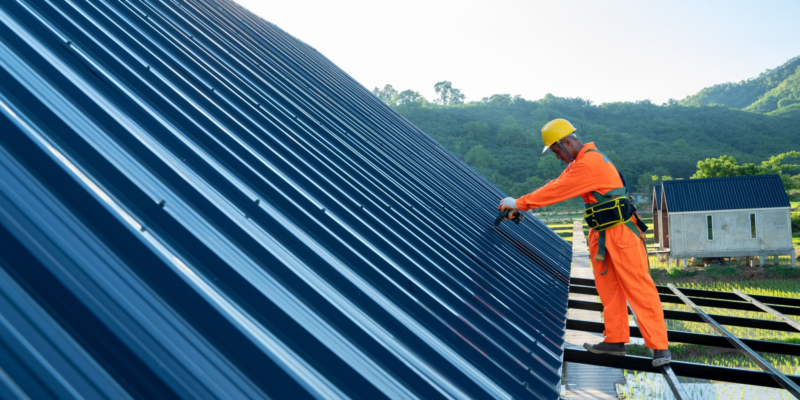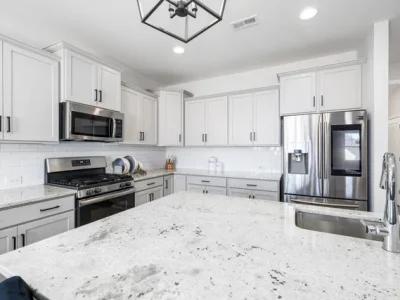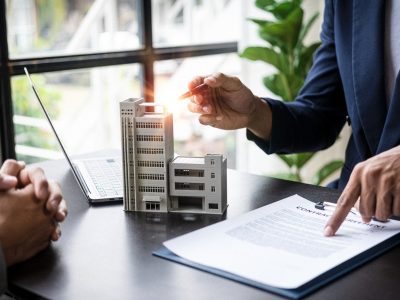A well-maintained roof is crucial for the longevity of any commercial building. Roof restoration systems offer an effective solution for businesses seeking to preserve their structures while minimizing the cost and disruption of a full roof replacement. This guide explores the benefits, processes, and considerations surrounding roof restoration systems to ensure your commercial building remains protected for years to come.
Understanding Roof Restoration
Roof restoration refers to the process of renewing and repairing an existing roof to extend its lifespan and improve its performance. Unlike roof replacement, which involves tearing off the old roof and installing a new one, roof restoration aims to restore the integrity of the roof with less time, cost, and waste. It typically involves cleaning, repairing, and applying a protective coating to the roof surface, making it an ideal solution for commercial buildings in need of a refresh without the hefty investment of full replacement.
Benefits of Roof Restoration Systems
1. Cost-Effective Alternative to Roof Replacement
One of the most significant benefits of roof restoration is its cost-efficiency. Roof replacement can be expensive, involving labor, materials, and disposal of the old roof. Roof restoration offers a more affordable option, addressing underlying issues without the need for a complete overhaul. This makes it an attractive choice for commercial property owners looking to protect their investment while managing budgets.
2. Extends Roof Lifespan
Restoring your roof can significantly extend its lifespan, often adding an additional 10 to 15 years of protection. By repairing damaged areas and sealing the roof with a high-quality coating, you prevent further deterioration and protect the structure from the elements. This proactive approach ensures that your building remains protected without the hassle and expense of constant repairs.
3. Minimizes Disruption
Roof restoration is generally less disruptive to business operations compared to full roof replacements. The process is quicker, usually taking only a few days to complete, and involves less noise and mess. This minimal disruption allows businesses to maintain their operations without significant downtime or interference.
4. Environmental Impact
Choosing roof restoration over replacement is a more sustainable option. Instead of sending old roofing materials to a landfill, roof restoration repurposes the existing structure. Additionally, many roof coatings used in restoration are made from reflective materials that can reduce energy costs by improving the building’s thermal efficiency, reducing the need for heating and cooling.
The Roof Restoration Process
1. Inspection and Assessment
Before any restoration work begins, a thorough inspection is conducted to assess the condition of the roof. This evaluation helps identify any areas of concern, such as leaks, cracks, or damage caused by weather, debris, or wear. The findings from the inspection will guide the restoration plan.
2. Cleaning and Preparation
Once the inspection is complete, the roof is cleaned and prepared. This may involve power washing the surface to remove dirt, moss, and debris, followed by a drying period. Proper preparation is critical for the new coatings to adhere effectively to the surface.
3. Repair and Restoration
Any damaged sections of the roof are repaired, including fixing leaks, sealing cracks, or replacing missing shingles. Once repairs are completed, a restorative coating is applied. These coatings vary, but commonly used options include acrylic, silicone, and polyurethane, each providing different benefits in terms of waterproofing, durability, and UV protection.
4. Final Inspection
After the restoration process is completed, a final inspection is carried out to ensure the roof meets the necessary standards of performance. The newly restored roof is checked for leaks, proper coating application, and overall integrity.
Key Considerations for Roof Restoration
1. Roof Type and Material
Not all roofs are suitable for restoration. The material and type of roofing—whether flat, sloped, or metal—will affect the approach taken. Ensure that the restoration system chosen is compatible with the roof material for maximum effectiveness.
2. Quality of Coatings
The quality of the restoration coatings plays a significant role in the success of the restoration. Premium coatings provide superior protection against the elements and can enhance the roof’s resistance to UV rays, water, and temperature fluctuations.
3. Professional Expertise
Roof restoration is a specialized task that requires skilled professionals. It is crucial to hire an experienced roofing contractor who understands the nuances of restoration systems to ensure the work is performed correctly and meets building codes and regulations.
Conclusion
Roof restoration systems offer a cost-effective and environmentally friendly solution for protecting your commercial building. By choosing roof restoration over replacement, businesses can extend the life of their roof, minimize disruption, and ensure long-term protection. A well-executed roof restoration not only enhances the building’s appearance but also contributes to energy savings and sustainability. Working with a professional roofing contractor ensures that the restoration process is done correctly, providing peace of mind and safeguarding your investment for years to come.












Comments